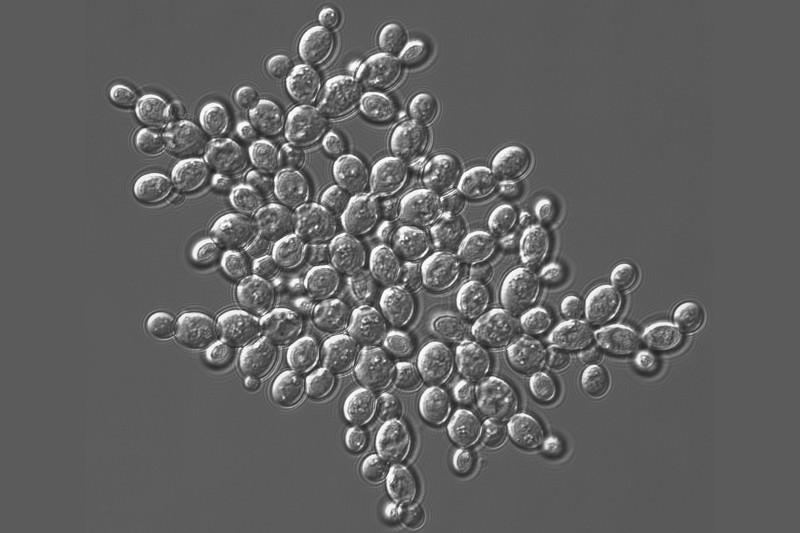Helloooo and welcome to the best part of your day — that’s right it’s DAILY FUN FACT TIME.
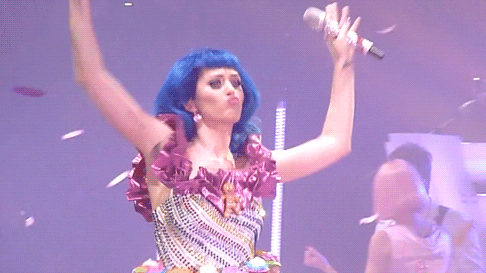
It’s gonna go global any minute now.
So we last saw the evolution of photosynthesison the 28th March. That was pretty sick. Things are only gonna get better from here guys.
Well actually we have a biiiiit of haitus before the next exciting phase. We’re now on the 16th of August and
MULTICELLULARITY HAS JUST EVOLVED.
Okay I know it doesn’t sound super exciting but I PROMISE you it is actually very, very cool.
Firstly let’s define what we mean. True multicellularity means that you don’t just have many cells you have to have many types of cells that can do different things.
Some species can clump together but if the cells are all the same type they’re colonial NOT multicellular.
Now, we don’t know how many times it happened but we think it did happen on lots of different occasions, totally independently of each other. Pretty cool, eh?
So how does this happen?
Well the key distinction to make here is that it’s not about cells coming together but rather about cells not coming apart. And why would you want to do that? Why do you want more cells?
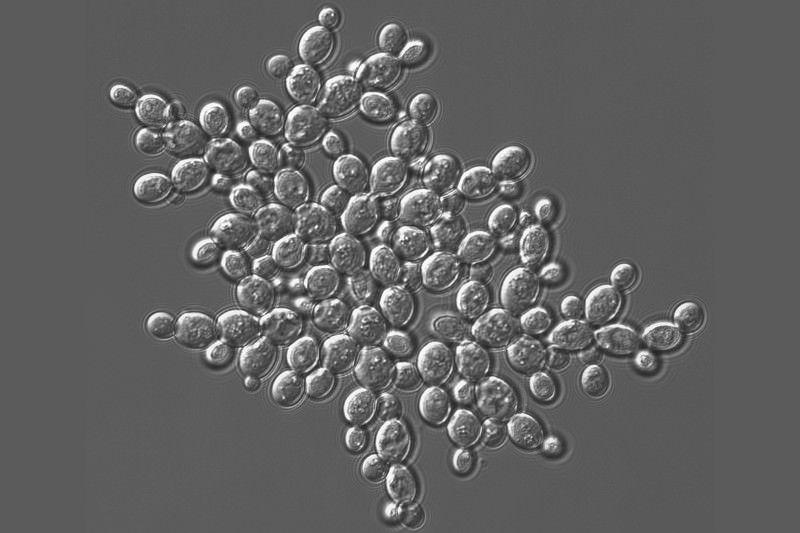
WELL.
You get to be bigger (but of course we all know size doesn’t matter)
If each cell can swim then you can combine your swimming power and swim farther! I mean is that really going to make a big difference if you’re still a very small clump of cells? Not so sure.
It might be harder to be eaten! But by what? There are no multicellular organisms around yet maybe a really scary ever so slightly larger cell?
Might be able to catch more food! If there are more of you — you can combine your food-catching efforts and get more.
WAIT A SECOND. All of these very precarious reasons sound like ones that would push you towards being a colonial organism not a multicellular one hmmm
So — I guess — really the question we want to ask is why do you want to have different types of cells ?
Splitting cellular functions
This means you can have some cells that are “body” cells and some that are “sex” cells. This means you can put special measures in place to protect your “sex” cells from mutating. That’s important for protecting the genetic integrity of your offspring. But the “body” ones don’t need as much care and can mutate a bit without it causing major problems.
The flagellar constraint hypothesis
The flagellum is what cells use to swim — think of the tail on a sperm cell. That’s a flagellum. They’re very handy.
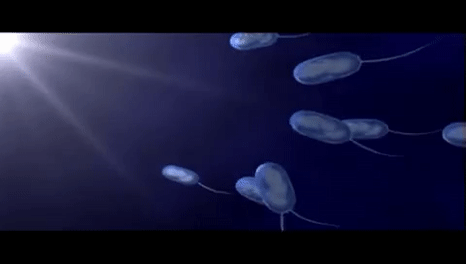
BUT one problem is that the cellular machinery that the flagellum needs to work is also needed when the cell divides. And there’s only one set. Hmmm Problem.
This means the cell is swimming around happy as Larry , eating food, generally just thriving. But then it needs to divide it has to retract its flagellum to divide.
This means that some cells can do the swimming and some can do the dividing so you don’t stop swimming and start sinking whenever you need to divide!
Self-cannibalism hypothesis
This is the idea that if food becomes scarce , it’s useful having specialised food storage cells that can be used instead. This means that instead of all your cells dying , only a few will.
Flatworms still do this! If you feed it, it gets bigger ( growth ) and if you don’t feed it, it gets smaller ( degrowth ).
Also if you’re ever having a bad day look at some flatworms. Look how bouncy they are!!
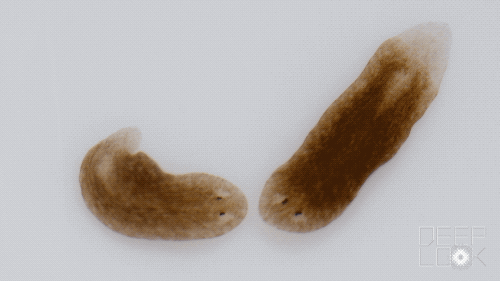
Now these are the best hypotheses we have , but we haven’t yet found any animals that look like what we think early animals would look like. So that means that if multicellularity started how we think it did, life has gotten a WHOLE LOT more complicated since then.
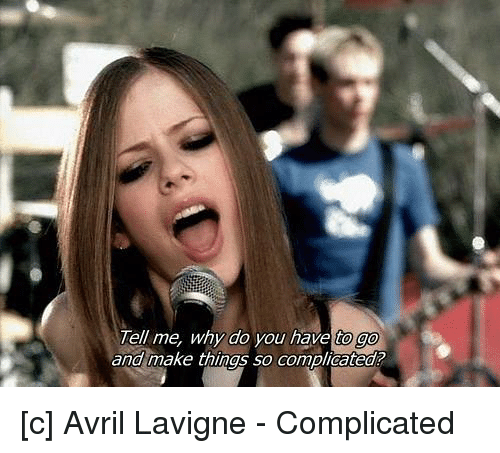
Yes Avril — ***
why*** ?
The closest non-animal relative we have is a little single-celled protist called choanoflagellates.
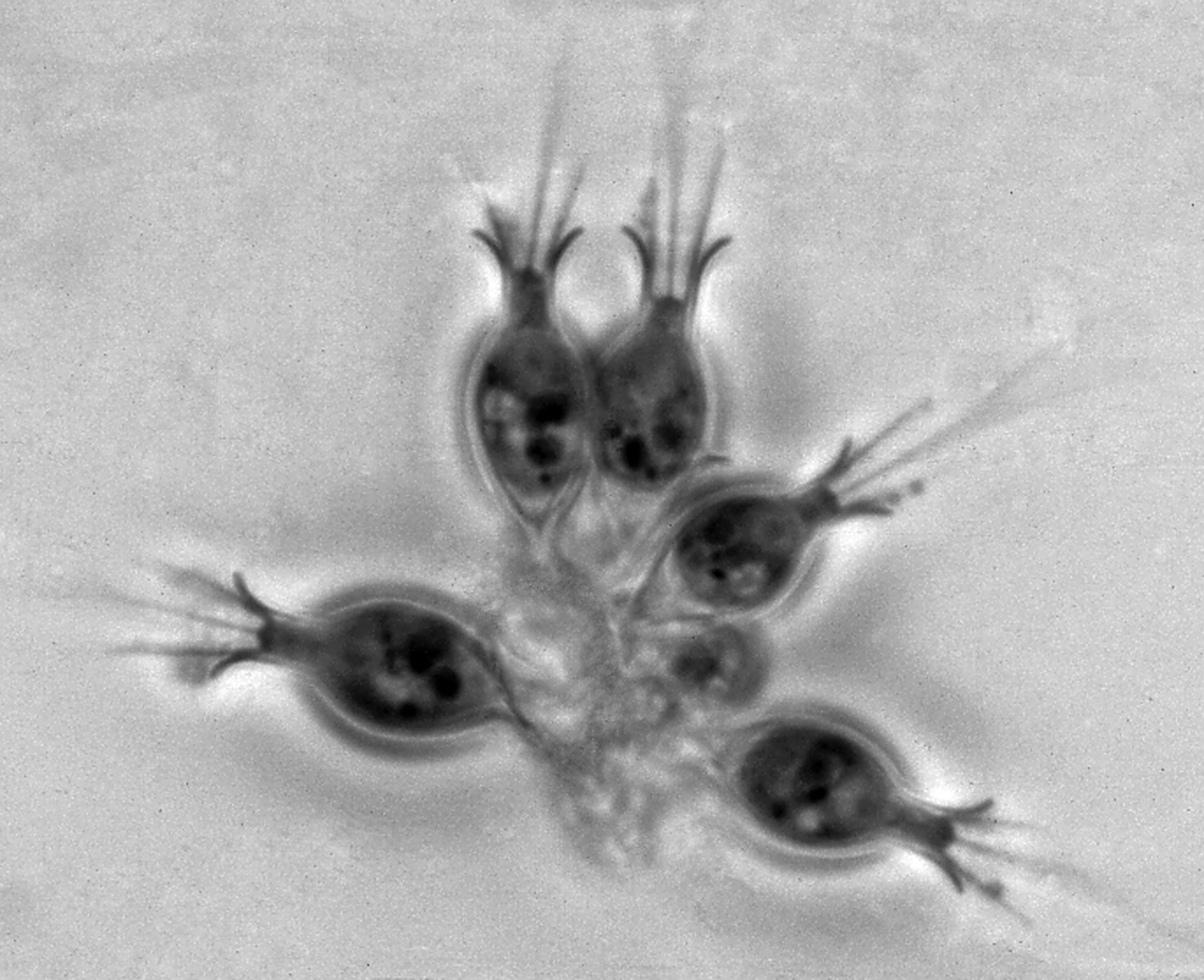
See — they do like to stick together (they form structures where they’re heads all stick together and they wave their little flagella around). And they are also very diverse. Loricate choanoflagellates secrete a little glass basket around themselves that looks like this:
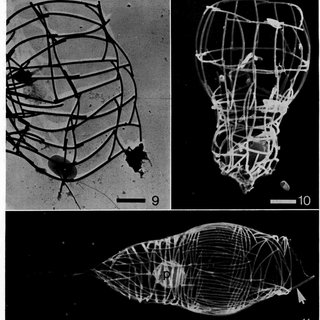
ISN"T THAT COOL!?
Hope you enjoyed this week’s Wednesday’s What Was the World Doing Ages and Ages Ago
Lots of love,
Flora xxx
